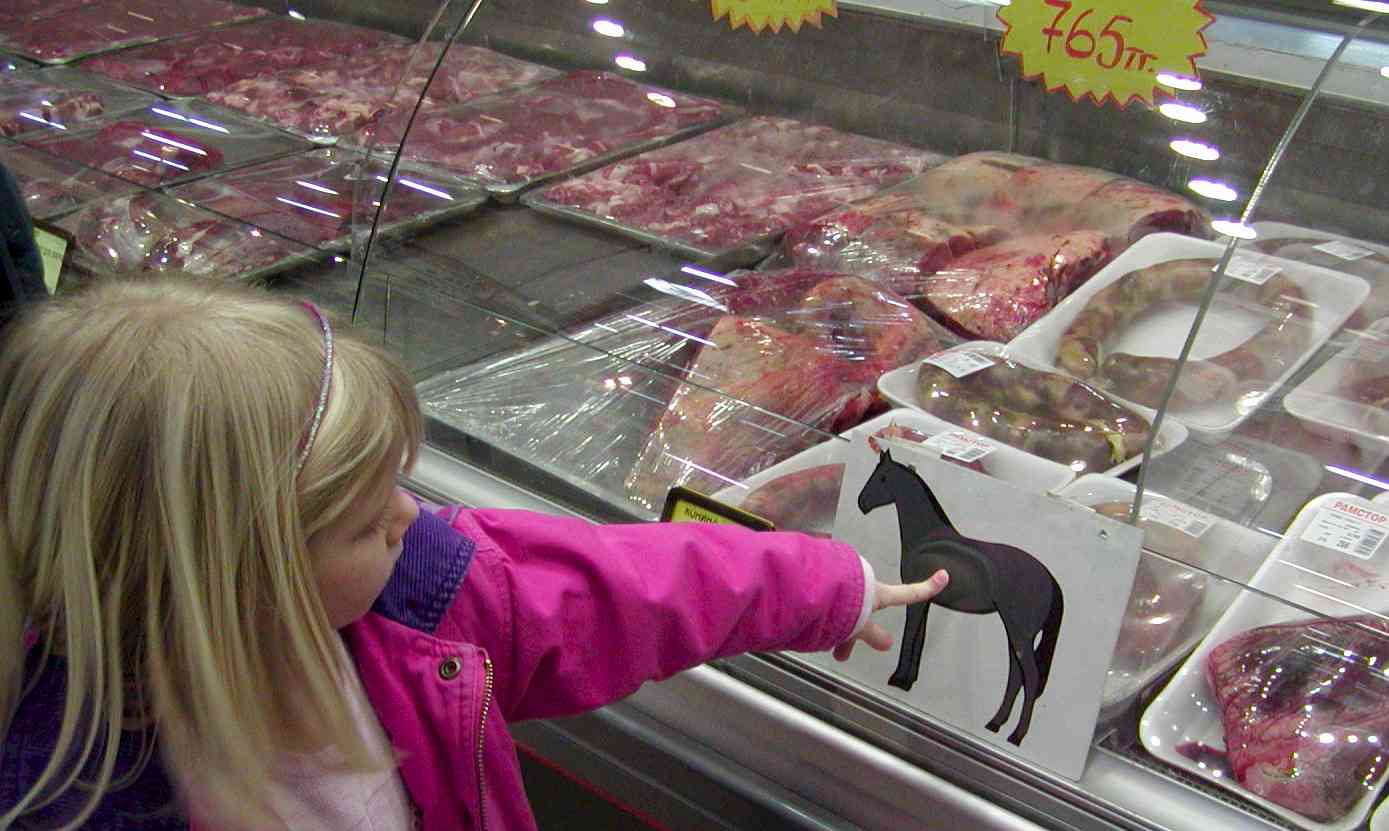For more than a decade, 57-year-old roofer and writer Joseph Jenkins has been advocating that we flush our toilets down the drain and put a bucket in the bathroom instead.
 When a bucket in one of his five bathrooms is full, he empties it in the compost pile in his backyard in rural Pennsylvania. Eventually he takes the resulting soil and spreads it over his vegetable garden as fertilizer.
When a bucket in one of his five bathrooms is full, he empties it in the compost pile in his backyard in rural Pennsylvania. Eventually he takes the resulting soil and spreads it over his vegetable garden as fertilizer.
"It’s an alternative sanitation system," says Jenkins, "where there is no waste." His 255-page Humanure Handbook: A Guide to Composting Human Manure is in its third edition and has been translated into five languages, but it has only recently begun to catch on. His message? Human manure, when properly managed, is odorless. His audience? Ecologically committed city dwellers who are looking to do more for the earth than just sort their trash or ride a bike to work.
Night soil is rumored to be used in the production of fresh veggies , especially for upscale restaurants, in many large cities.
I’ll stick with riding my bike to work, and thank engineers for sewage treatment.

.jpg) But I don’t understand the
But I don’t understand the  This has nothing to do with food safety. A food safety program for leafy greens would provide at retail – or at least through a url – practices on irrigation water testing, soli amendments and human hygiene programs for the workers. Market food safety directly and stop dancing.
This has nothing to do with food safety. A food safety program for leafy greens would provide at retail – or at least through a url – practices on irrigation water testing, soli amendments and human hygiene programs for the workers. Market food safety directly and stop dancing. Alcoholica Mare’s Milk
Alcoholica Mare’s Milk I know he misses me because he can’t find reliable goaltending – and the faculty team hasn’t won the annual tournament since my shattered nerves backstopped the team to victory in 2005, despite Naylor’s total lack of defense.
I know he misses me because he can’t find reliable goaltending – and the faculty team hasn’t won the annual tournament since my shattered nerves backstopped the team to victory in 2005, despite Naylor’s total lack of defense. 
 The Australian Animal Health Laboratory
The Australian Animal Health Laboratory  VIN (Veterinary Information Network)
VIN (Veterinary Information Network) 
 It was worth the wait.
It was worth the wait. Meanwhile, the family’s lawyer, Steven Lewis, of Slater & Gordon, also rubbished newspaper reports the family had links to a rival pub as a "Kevin Bacon … six degrees of separation [defence]. My question is: ‘Did Kevin Bacon put the faeces in the ice-cream?"’.
Meanwhile, the family’s lawyer, Steven Lewis, of Slater & Gordon, also rubbished newspaper reports the family had links to a rival pub as a "Kevin Bacon … six degrees of separation [defence]. My question is: ‘Did Kevin Bacon put the faeces in the ice-cream?"’.
 And Los Angeles has lots of it (and doesn’t even freeze to use as a makeshit hockey puck).
And Los Angeles has lots of it (and doesn’t even freeze to use as a makeshit hockey puck).